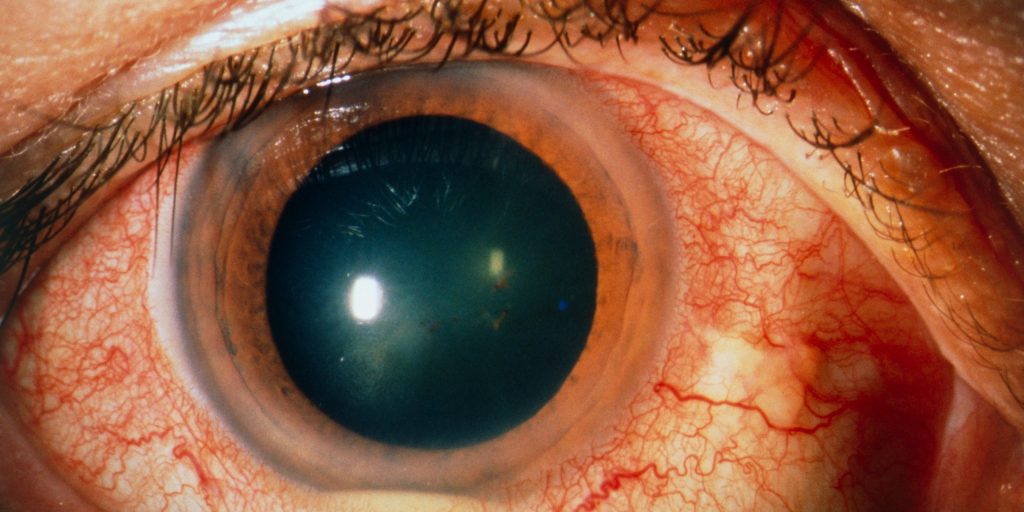What is Behçet’s Disease? What kind of disease is it?
Behçet’s Disease, also known as Behçet’s Syndrome, is an autoimmune disorder in which the body loses its ability to properly regulate inflammation, leading to inflammation of blood vessels throughout the body.
Behçet’s Disease is most common along the historical “Silk Road,” spanning countries from Japan and China in East Asia to the Mediterranean, including Turkey and Iran. Although rare in the United States and Western countries, sporadic cases can occur in populations considered at lower genetic risk, such as Caucasians or African Americans. In regions like Japan and Turkey, Behçet’s Disease is one of the leading causes of blindness.
What causes Behçet’s Disease?
The exact cause of Behçet’s Disease is unknown. Research suggests that some individuals may have a genetic predisposition. A person may carry a gene associated with the disease but may never develop it unless triggered by environmental factors. Behçet’s is one of the few types of vasculitis with a known genetic link. Studies show that individuals with Behçet’s Disease, particularly those of Middle Eastern and Asian descent, have an increased frequency of certain human leukocyte antigens (HLA), specifically HLA-B51. While HLA-B51 is a risk factor, its role in developing the disease is not fully understood. Familial cases are rare, accounting for only about 5% of all cases. Environmental factors such as infections may also play a role.
Autoimmune disorders occur when the body’s defense system mistakenly attacks healthy tissue. Although research continues, no specific autoantibodies have been identified that directly cause Behçet’s Syndrome.
What are the symptoms of Behçet’s Disease?
Main symptoms include:
- Painful oral and genital ulcers
- Red, painful eyes and blurred vision
- Acne-like skin lesions
- Headaches
- Painful, swollen joints
- Digestive issues including abdominal pain and diarrhea
- Brain inflammation causing headaches
In severe cases, there is a risk of permanent vision loss, stroke, or other potentially life-threatening complications. Most people experience periods of flare-ups followed by remission. Some symptoms may become milder over time, but they may never disappear completely.
Is Behçet’s Disease fatal?
Most symptoms are treatable and long-term complications are uncommon. However, untreated eye inflammation may lead to permanent vision loss.
Does Behçet’s Disease affect sexual life?
Patients may experience difficulties in sexual life due to both physical and emotional factors.
Does pregnancy affect the disease?
Women with Behçet’s Disease can become pregnant. The disease does not affect pregnancy, nor does pregnancy significantly affect the course of the disease.
Is Behçet’s Disease contagious?
Behçet’s Disease is not contagious. You cannot catch it from another person. However, there may be a familial predisposition.
Is Behçet’s Disease cancer?
Behçet’s Disease is not a type of cancer. Some studies indicate a slightly increased risk of certain cancers in patients.
What does HLA-B51 positive mean?
HLA-B51 is a genetic risk factor for Behçet’s Disease. Many people carry this gene, but only a small proportion develop the disease.
How is Behçet’s Disease diagnosed?
Diagnosis is based on clinical judgment. Symptoms rarely appear at the same time, and many overlap with other conditions. There is no single test that can confirm the disease. Diagnosis may be considered if oral ulcers appear three times within a year along with any two of the following:
- Recurring genital ulcers
- Skin lesions
- Positive pathergy test (red bump after skin prick)
- Eye inflammation affecting vision (uveitis)
No blood test can definitively determine whether someone has or will develop Behçet’s Disease.
What is a Pathergy Test? How is it done?
The pathergy test evaluates hypersensitivity of the skin. A sterile needle is gently inserted into the skin, and the site is examined after 1–2 days. A positive test shows a small red bump or pustule, indicating an exaggerated immune response. This test is supportive but not definitive for diagnosis.
How is eye involvement in Behçet’s Disease?
Behçet’s Disease can cause anterior uveitis (front of the eye), posterior uveitis (back of the eye), or both. Anterior uveitis causes pain, blurred vision, light sensitivity, tearing, or redness. Posterior uveitis is more dangerous as it can damage the retina and threaten vision while causing fewer noticeable symptoms.
Is Behçet’s Disease treatable? How is it treated?
There is no definitive cure. Mild cases may be managed with medications to control flare-ups. More severe cases may require continuous medication to control disease activity between attacks.
Treatments for symptoms of Behçet’s Disease include:
Topical creams, gels, and ointments: Reduce inflammation and pain directly on the skin and genital ulcers.
Mouthwashes: Corticosteroid or other medicated mouth rinses reduce pain from oral ulcers.
Eye drops: Corticosteroid or anti-inflammatory drops relieve mild eye inflammation and redness.
Systemic treatments for Behçet’s Disease:
Colchicine may be prescribed for recurrent oral/genital ulcers and joint swelling. Severe cases may require immunosuppressive therapy, including corticosteroids, azathioprine, cyclosporine, interferon alfa-2b, or TNF-α inhibitors such as infliximab or adalimumab, depending on severity.
How to cope with Behçet’s Disease:
The unpredictability of the disease can be stressful. Proper self-care helps manage the condition. Avoiding stress, fatigue, and infections is important, as these can trigger uveitis attacks. Ensure medications are taken as prescribed and infections are promptly treated.
General recommendations include:
- Rest during flare-ups and reduce stress.
- Stay active when possible; moderate exercise improves flexibility and mood.
- Seek support groups and professional resources to connect with others with Behçet’s Disease.

